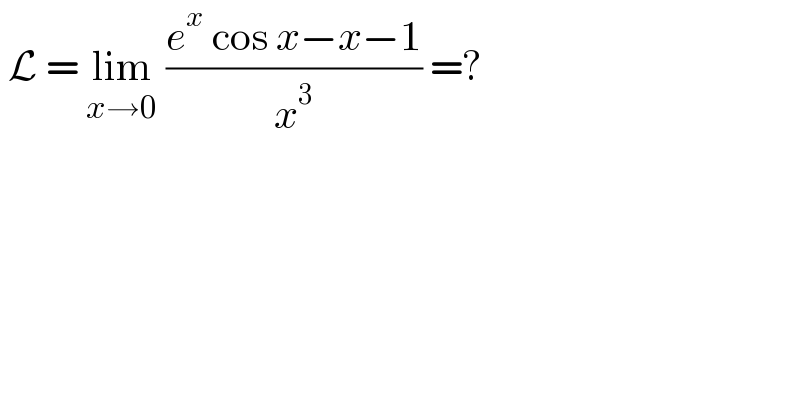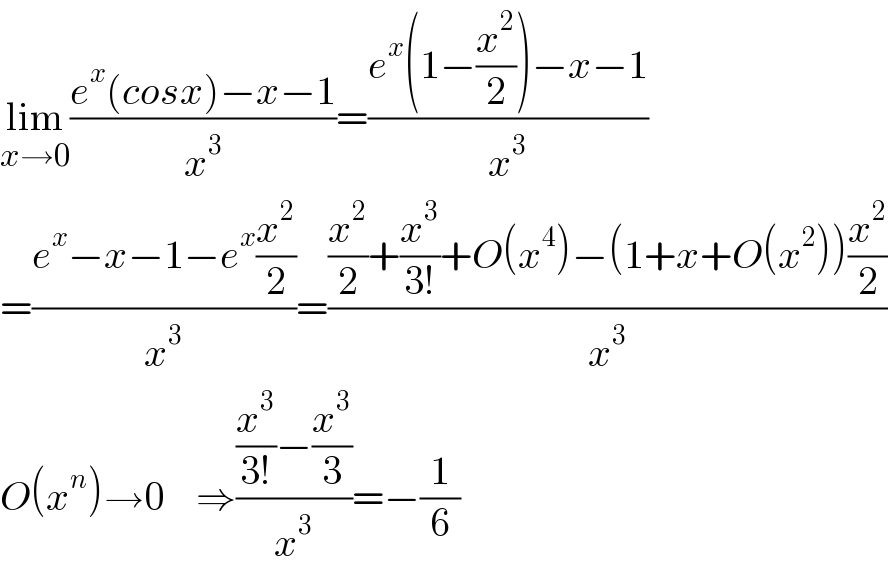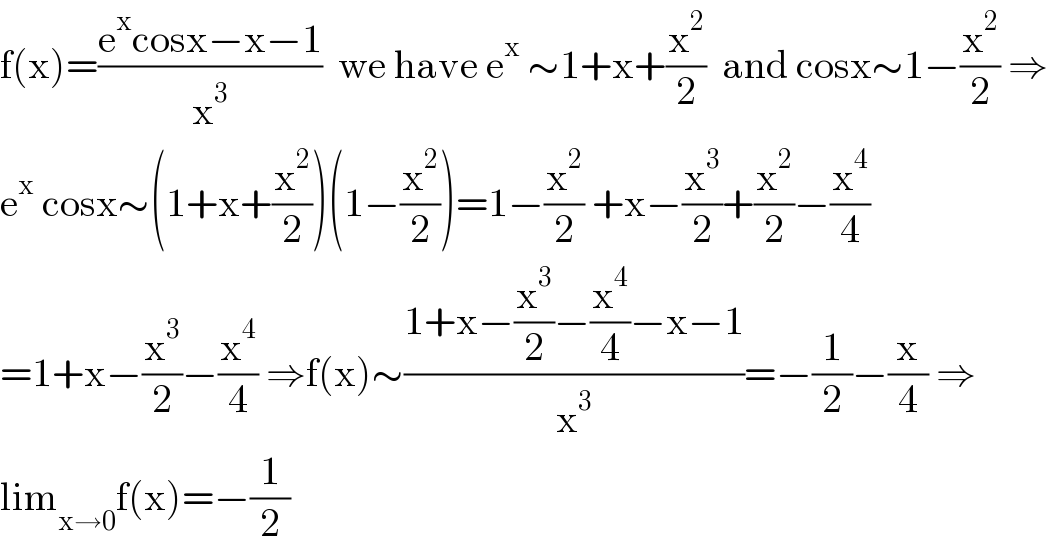
Question and Answers Forum
Question Number 141900 by iloveisrael last updated on 24/May/21

Answered by Dwaipayan Shikari last updated on 24/May/21

Answered by mathmax by abdo last updated on 25/May/21

| ||
Question and Answers Forum | ||
Question Number 141900 by iloveisrael last updated on 24/May/21 | ||
 | ||
Answered by Dwaipayan Shikari last updated on 24/May/21 | ||
 | ||
| ||
Answered by mathmax by abdo last updated on 25/May/21 | ||
 | ||
| ||